College Hockey Nears Final Approval For Multiple Rule Changes
College Hockey Nears Final Approval For Multiple Rule Changes
The NCAA Playing Rules Oversight Panel is set to discuss the final approval of a handful of rule changes the NCAA is laying on the table for college hockey.
On July 25, the NCAA Playing Rules Oversight Panel will sit down to discuss the final approval of a handful of rule changes the NCAA is laying on the table for college hockey, including eliminating the option for 3-on-3 overtimes and shootouts in favor of a standardized format.
Like any level in every sport, the game evolves and college hockey is no different. Below are the multiple changes being sought by the NCAA ahead of the October puck drop of the 2018-19 season.
Overtime Changes
Back in mid-June, the NCAA Men’s and Women’s Ice Hockey Rules Committee officially announced a standardized overtime format to begin in 2018-19, pending final approval by the Rules Oversight Panel. A five-minute, 5-on-5 period will be played for games tied after regulation. The rule applies to all in-season games, meaning any contest ending in a split score after 65 minutes will be labeled a tie.
“While differing opinions were expressed, at the end of the day the committee strongly endorsed a single overtime option, cleaning up the book and affirming the belief that hockey is played, for the most part, in a 5-on-5 format,” Hockey East commissioner Joe Bertagna told USCHO.com. “While the time might come where college hockey will employ a reduced manpower overtime, the prevailing voices on the committee did not see that time as now.”
In the past, conferences were given the choice of using a five-minute, 3-on-3 extra period, with or without a sudden-death shootout, for league games that were still tied after a normal 5-on-5 overtime.
The National Collegiate Hockey Conference was the first to use a 3-on-3 overtime, along with a shootout, in the 2015-16 season, and the Western Collegiate Hockey Association soon followed suit in 2016-17. Meanwhile, the Big Ten has opted to go straight to a shootout after a 5-on-5 OT period in recent years.
Bertagna continued, saying the committee acknowledged the time may come to reduce the manpower in overtime. The NHL moved to 3-on-3 in 2015-16 after AHL experimentation proved it would decrease the reliance on the often-criticized shootout, but the NCAA still favors five per side.
For in-season tournaments with advancement on the line, events will be given the choice of implementing a shootout or 20-minute sudden-death overtime periods.
Video Review Polishing
The NCAA is seeking widened rules for video review in regard to the ejection of players. Instead of having referees gather to discuss the potential ejection of a player(s), they would be required to immediately review the play to expedite the process and have a better idea of the warrant of an ejection.
“When video replay is available, it is important to be sure student-athletes are penalized appropriately,” Bertagna said. “Given the speed of the game, providing this tool will help ensure proper enforcement.”
While the NCAA is ready to expand video review capabilities, it is also seeking a more limited use of video review for teams. Coaches must now use a challenge for referees to review goals scored after hitting the protective netting or resulting from a high stick.
Commentary from @SchlossmanGF, via @gfherald: "@TheNCHC and #WCHA voted 18-0 to keep 3-on-3 OTs. So why not keep them?"https://t.co/SO33xWxOUp
— WCHA Men's Hockey (@WCHA_MHockey) July 3, 2018
More Changes And Hurdles
Other smaller changes are being sought by the NCAA, which is taking the proverbial page of out the NHL’s book. One change includes harsher penalization on slashing and late hits, an area the NHL attacked in 2017-18. Also being sought is a better definition for substitutions, which would require players to be within 5 feet from their bench in order to deem a player change legal.
The NCAA is also planning on having an extra timeout for all teams during an overtime period, increasing teams from 18 to 19 players and forcing a skater to immediately drop any puck caught by hand—failure would result in a minor penalty.
The NCAA Playing Rules Oversight Panel will meet on July 25 to discuss each potential rule change in further detail.
Have a question or a comment for Jacob Messing? You can find him on Twitter @Jacob_Messing.
Related Content
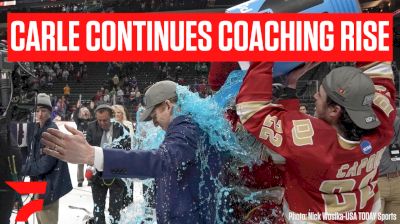 David Carle Continues To Impress As Denver Pioneers And Team USA Head Coach
David Carle Continues To Impress As Denver Pioneers And Team USA Head CoachApr 24, 2024
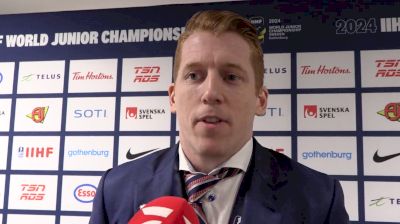 David Carle To Return As Team USA Head Coach At 2025 World Juniors
David Carle To Return As Team USA Head Coach At 2025 World JuniorsApr 23, 2024
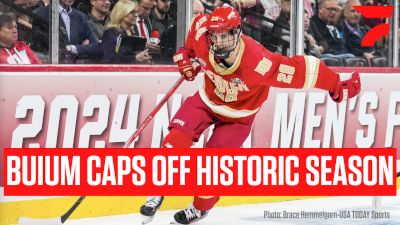 Top Draft Prospect Zeev Buium Caps Off Historic Season At Denver With National Title
Top Draft Prospect Zeev Buium Caps Off Historic Season At Denver With National TitleApr 21, 2024
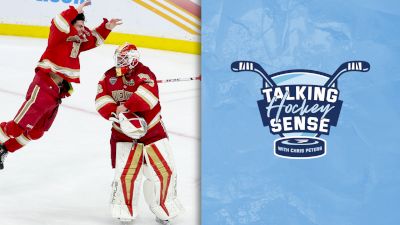 Frozen Four Recap, NHL Central Scouting Final Rankings Reaction And More. | Talking Hockey Sense, Episode 114
Frozen Four Recap, NHL Central Scouting Final Rankings Reaction And More. | Talking Hockey Sense, Episode 114Apr 17, 2024
 Macklin Celebrini Wins Hobey Baker Award, Becomes Youngest Recipient
Macklin Celebrini Wins Hobey Baker Award, Becomes Youngest RecipientApr 12, 2024
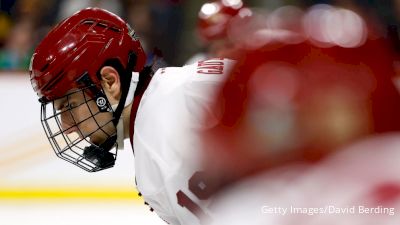 When Is The NCAA Hockey Championship Game?
When Is The NCAA Hockey Championship Game?Apr 12, 2024
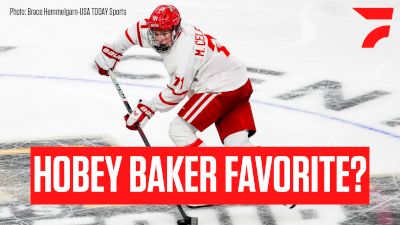 Is Macklin Celebrini The Hobey Baker Favorite?
Is Macklin Celebrini The Hobey Baker Favorite?Apr 12, 2024
 Frozen Four National Championship Game Predictions, Preview: Denver Vs. BC
Frozen Four National Championship Game Predictions, Preview: Denver Vs. BCApr 12, 2024
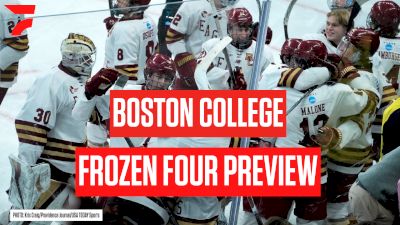 Frozen Four Preview 2024: College Hockey Analyst Chris Peters Talks Boston College
Frozen Four Preview 2024: College Hockey Analyst Chris Peters Talks Boston CollegeApr 11, 2024
